01 Jan 1983
Ikátena
No overview found
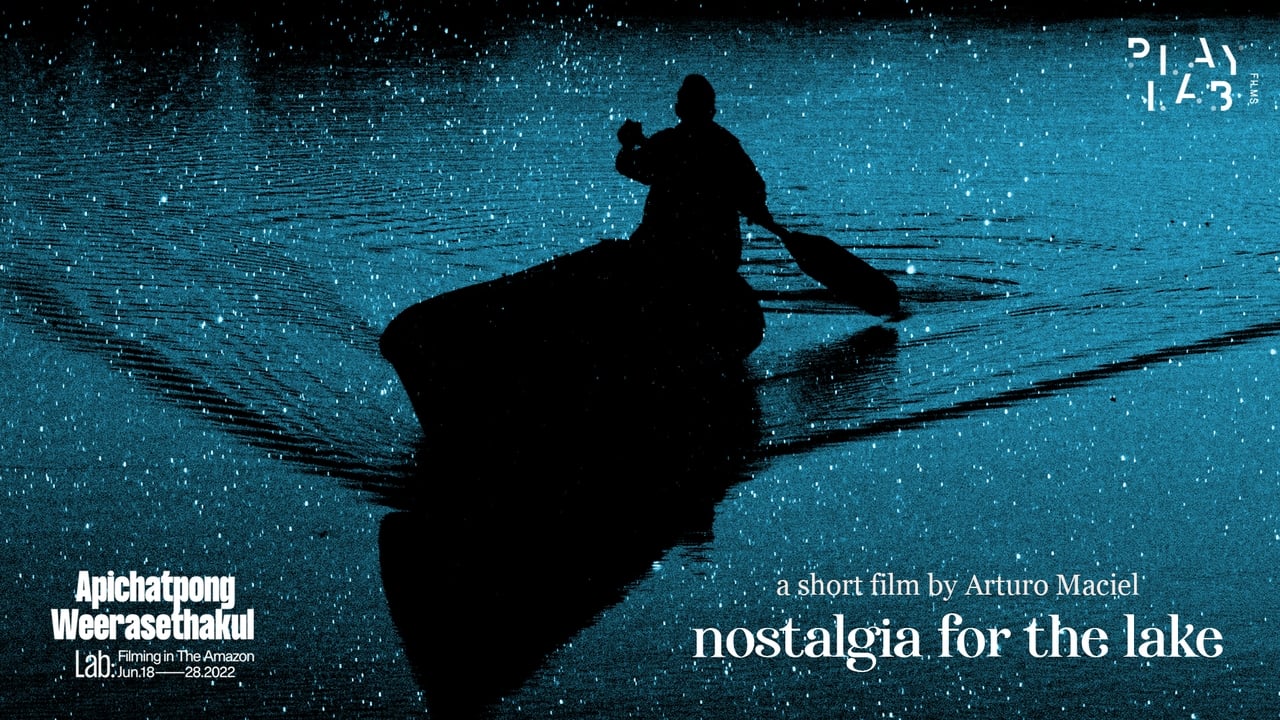
A vision from Limbo, where the canoeist of the eternal lake floats in his boat, between sleep and wakefulness. When he sleeps, he dreams of the everyday of a parallel time. when he wakes up, the same song haunts him again and again. his boat, “ara” (time, in guarani) travels through time like a shooting star.
Canoero
01 Jan 1983
No overview found
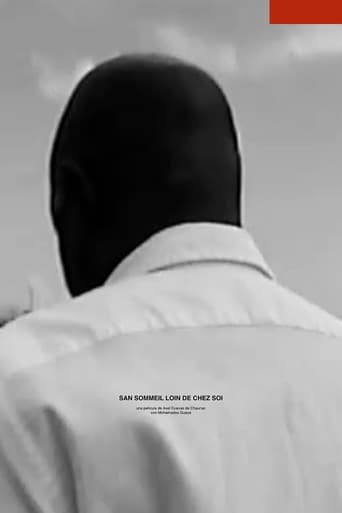
22 Oct 2022

Incapable of falling asleep, Mamadou starts to walk endlessly to tire himself and be able to have a final dream of where he was born.
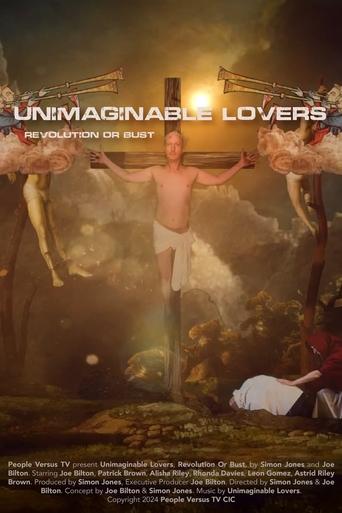
02 Nov 2024

A surreal music video where a pop-up world of greed, rebellion, and revolution unfolds as cherubs, a devil, and a modern-day Jesus clash in a satirical battle for justice.
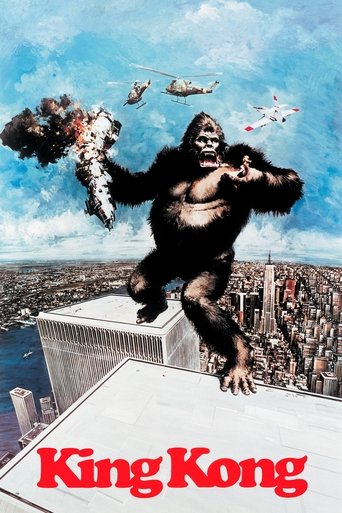
08 Sep 1976

An oil company expedition disturbs the peace of a giant ape and brings him back to New York to exploit him.
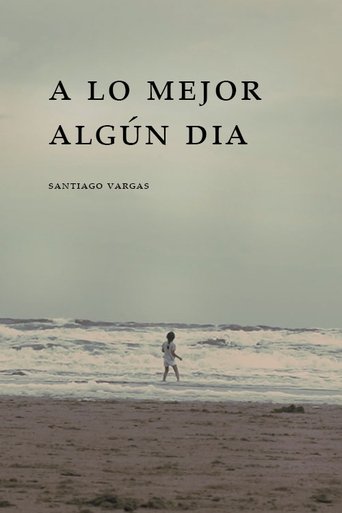

No overview found
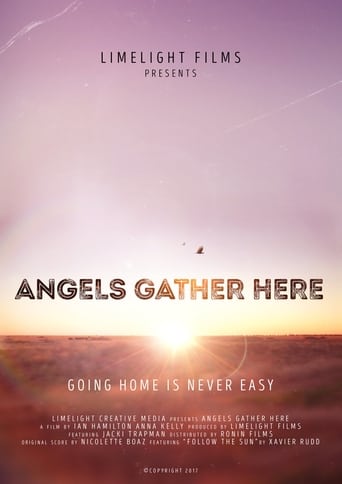
16 Jul 2017

Angels Gather Here’ follows Jacki Trapman’s journey back to her hometown of Brewarrina to celebrate her parents, Bill and Barbara’s 60th Wedding Anniversary. Going home is never easy for Jacki. Amidst the family celebrations she reflects on her life; her story symbolising the strength, dignity and resilience of many Aboriginal people in the face of adversity.
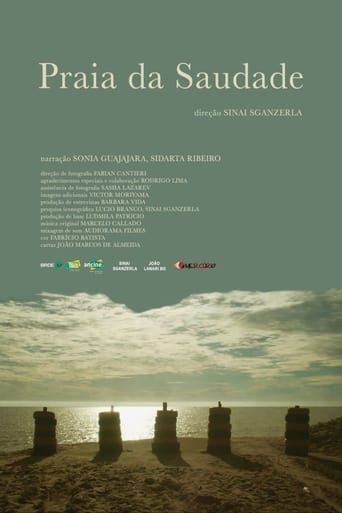
11 Jan 2024

A documentary about climate change in Brazil, especially at Atafona Beach (in the Campos de Goytacazes region), which is being swallowed up by the sea. Narrated by Sonia Guajajara and Sidarta Ribeiro, the film deals with the genocide of the native people of Goytacazes.
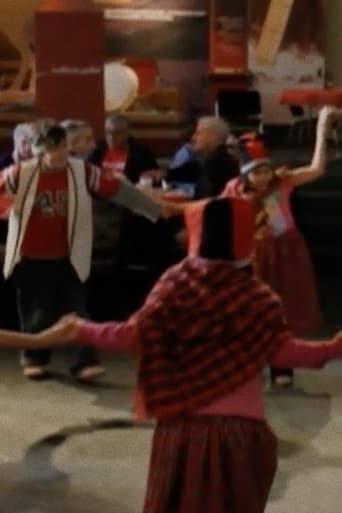
06 Jun 2012

No overview found
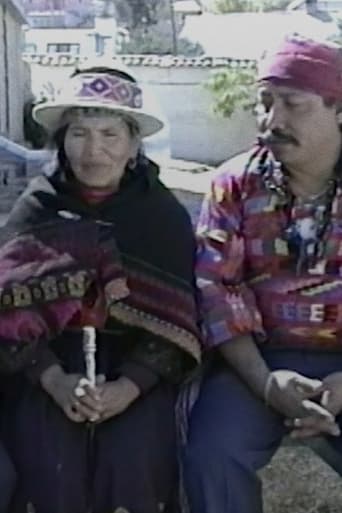
06 Jun 1992

No overview found
No overview found
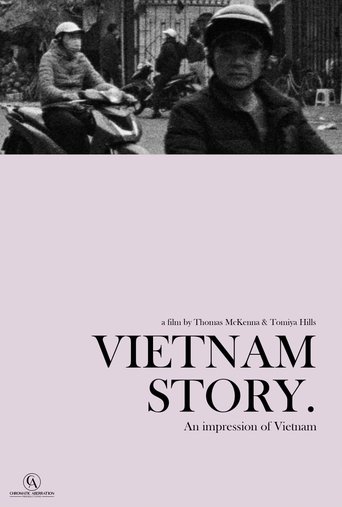

A cinematic impression of Vietnam, told through the eyes of Vietnamese immigrants.
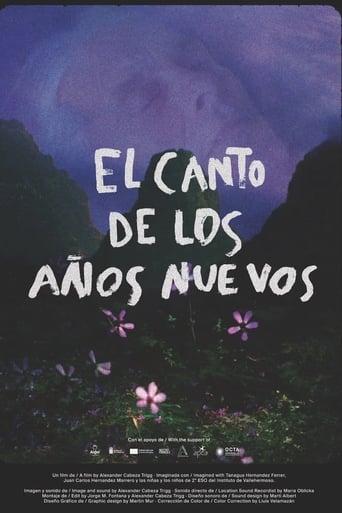
08 Apr 2024

On the island of La Gomera, children imagine stories while they examine archeological remains. An ethno-fictional journey in which past and present coalesce, creating resonances between the volcanic landscape and Silbo, the whistled language of the island.
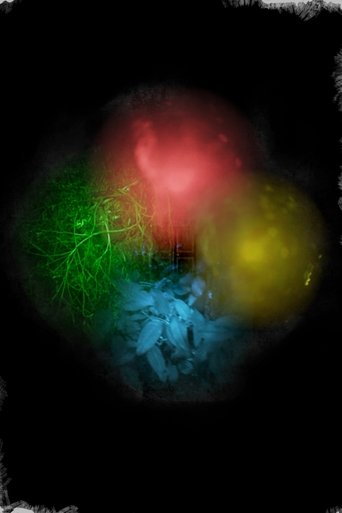
14 Feb 2025

No overview found

01 Jan 2019

A solo audiovisual performance. Eighth entry into deeply beguiling series of works responding to the Alps acted as the closing night event of Alchemy Film Festival. The images are studies of the Alps degraded and distorted live at the front of the auditorium; the picture pixelated, streams of colour engulfed the screen like a crashed desktop, and as hawks hovered over the mountains they left staggered trails of glitches across the screen like computerised vapour trails. The audio was also created live using short atonal precomposed tracks. The aim was to create a digital alchemy, an abstracted journey into the mountains, a wild wonder inside and out.
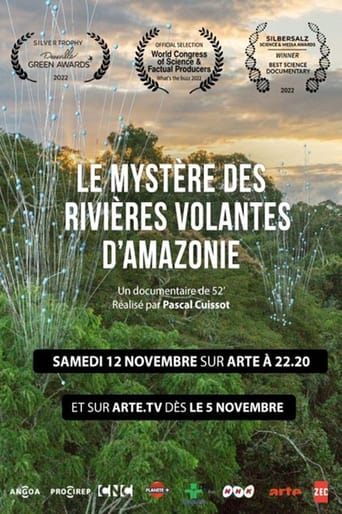
12 Nov 2022

Discovered about twenty years ago, the immense masses of water vapor that fly over the Amazon, called "flying rivers", fascinate researchers. Their future could be intimately linked to climate change.

15 Jul 2007

"Soap Opera of a Frozen Filmmaker" project is a series of seven episodes of cinematic diaries. It is the unique point of view of an anonymous artist whose entire essence of existence is to make films, but he is rejected on every front time after time. During the process he ponders his life as an artist, the nature of material society and life in general, in which his owm life eventually become a tragedy.

20 Mar 2025

No overview found

29 Jan 2024

A hen questions the meaning of her life on a farm.
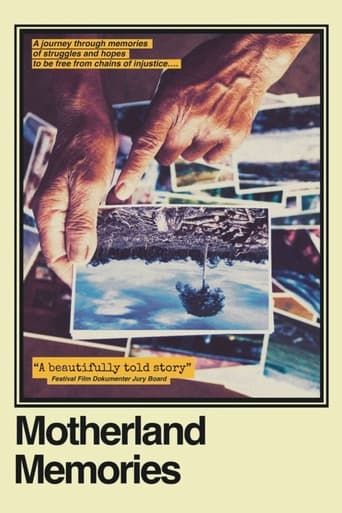
19 Nov 2022

Ompung Putra Boru, a sixties indigenous Batak woman from Humbang Hasundutan, North Sumatra, retraces her life stories through photographs that interweave her past and present as a wife, mother, healer and indigenous land defender in two neighboring villages. Her multi-layered stories are juxtaposed with visual records of everyday life in the two villages, where people’s living space is still increasingly threatened by a giant pulp expansion.
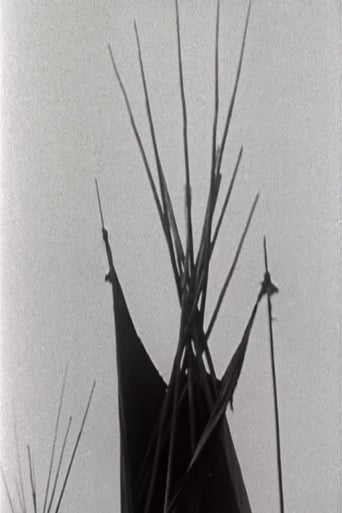
01 Jan 1979

In 1977, Prince Charles was inducted as honorary chief of the Blood Indians on their reserve in southwestern Alberta. The ceremony, conducted in the great Circle of the Sun Dance, commemorated the centennial anniversary of the original signing of Treaty 7 by Queen Victoria.